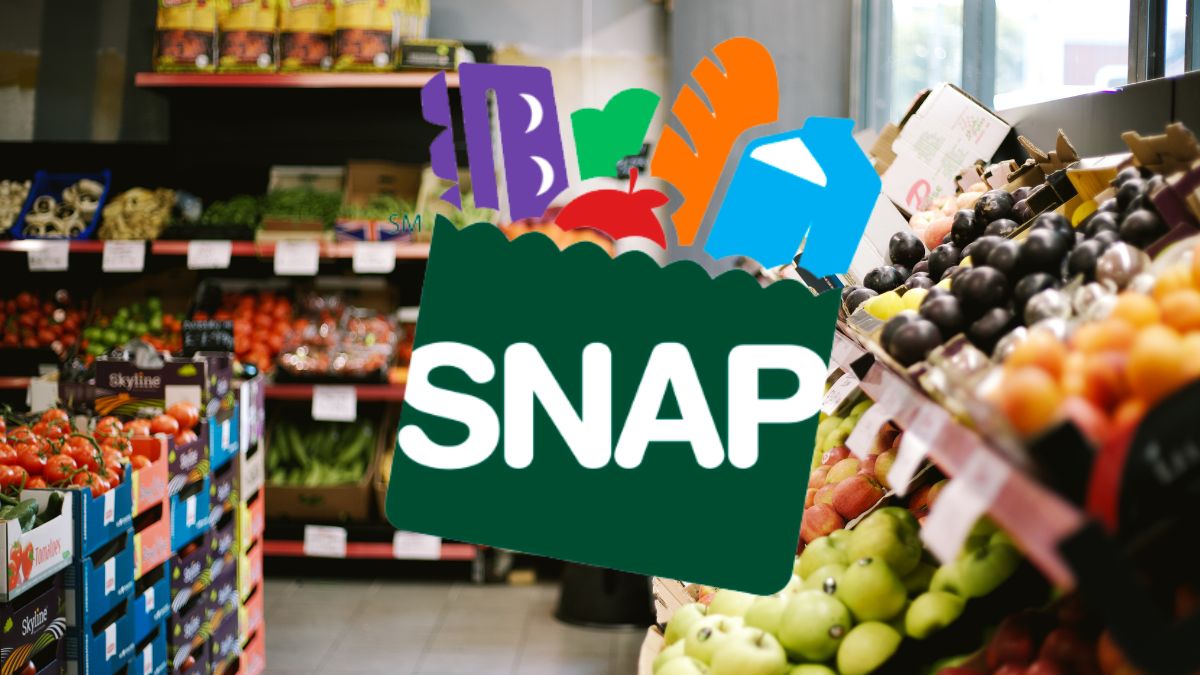When you delve into the data, you’ll be amazed by how many people benefit from SNAP payments each month in the United States. The sheer number is comparable to the population of a small country. This highlights not only the significance of food assistance and SNAP payments as a crucial public policy but also the ability of countless individuals to access healthy, nutritious, and safe food for themselves and their families.
Since 1939, the US government has been committed to implementing programs that offer food assistance to those who need it most. Today, the United States Department of Agriculture (USDA) is the agency responsible for administering the SNAP payments program.
Full List State Date SNAP Payments Ranges for August Calendar
Stay informed and organized with these date ranges for each state:
August 1 to 10
- California
- Colorado
- District of Columbia
- Guam
- Idaho
- Kansas
- Nevada
- Oklahoma
August 1
- Alaska
- Arizona
- Connecticut
- New Jersey
- North Dakota
- Rhode Island
- Virgin Islands
- Vermont
August 1 to 13
- Arizona
- Arkansas
- Minnesota
August 1 to 19
- Kentucky
- South Carolina
August 1 to 20
- Illinois
- New Mexico
- Tennessee
- Washington
August 1 to 23
- Alabama
- Delaware
- Georgia
- Indiana
- Louisiana
- Maryland
August 1 to 28
- Florida
- Texas
August 2 to 6
- Montana
August 2 to 20
- Ohio
August 3 to 5
- Hawaii
August 3 to 14
- Pennsylvania
August 3 to 21
- Michigan
- North Carolina
August 4 to 13
- Arkansas
- Minnesota
August 4 to 21
- Mississippi
August 4 to 22
- Puerto Rico
August 5
- New Hampshire
- Utah
August 5 to 23
- Georgia
- Indiana
August 10
- South Dakota
August 10 to 14
- Maine
August 1 to 9
- New York
- Oregon
- West Virginia
August 1 to 15
- Wisconsin
August 1 to 4
- Wyoming
41 million Americans received SNAP payments
In 2023 alone, this program accounted for a staggering 67.8% of the USDA’s spending on food and nutrition assistance, with over $80 billion invested. According to USDA data for 2024, approximately 41 million Americans received SNAP payments on average in April. This figure remained consistent with data from March and the same month in 2023. In 2023, this meant that 12.6% of the total US population benefited from SNAP, with state-by-state percentages varying from as high as 12.6% to as low as 4.6%.
These numbers illustrate the profound impact of the SNAP program on millions of Americans. Here are some key points to consider:
- 41 million Americans received SNAP payments on average in April 2024.
- In 2023, SNAP payments accounted for 67.8% of USDA’s food and nutrition assistance spending.
- Over $80 billion was invested in the program in 2023.
- The percentage of the population benefiting from SNAP varies by state, ranging from 12.6% to 4.6%.
These figures underscore the crucial role that SNAP plays in ensuring food security for millions of Americans. It’s a program that has evolved over decades, continuously striving to meet the needs of the most vulnerable in our society.
Understanding when you will receive your SNAP payments is crucial when participating in a government assistance program. Each program, whether from the USDA or the SSA (Social Security Administration), operates on its own independent payment calendar. This can make it challenging to keep track of when you’ll receive your benefits.
SNAP Payments: A Complex Schedule
The schedule for SNAP payments is particularly intricate because each state sets its own criteria for disbursing payments each month. The SNAP program, known for its broad coverage across the United States, can have a confusing array of payment dates. This article aims to simplify that information for you.
State-Specific Payment Dates
To make things easier, we’ve compiled a range of SNAP payment dates based on the state you reside in. This should give you a general idea of when to expect your benefits.
Consider the following points:
- Each state operates on its unique schedule.
- Payment dates may vary even within the same state.
- Keeping track of your specific state’s schedule can help you plan better.
We understand that managing your finances around these dates is important, so we hope this information helps you stay informed and prepared.
How can individuals apply for SNAP payments?
Here is a guide on how individuals can apply for SNAP payments:
To apply for SNAP (food stamps), follow these steps:
Check your eligibility
- SNAP eligibility is based on your household’s income, expenses, and size. In general, your household must meet certain income limits to qualify.
- Some groups, like college students and immigrants, have additional eligibility requirements.
- Gather required documents Before applying, collect proof of your:
- Identity, such as a driver’s license
- Residence and citizenship status
- Income, expenses, and assets
- Household members’ information
- Medical expenses and disabilities
- School attendance
Submit an application
- Each state has its own application process. Contact your local SNAP office to apply – you may need to apply online, by mail, by fax, or in person.
- If you can’t apply, you can designate an authorized representative to apply for you.
Attend an interview
- After you apply, you’ll likely need to interview with a benefits specialist, either in person or by phone.
- Bring your proof of eligibility to the interview.
Receive your benefits
- If approved, you should receive benefits within 30 days, though some may qualify for expedited benefits within 7 days.
- Benefits are loaded monthly onto an EBT card, which works like a debit card to purchase food.
- You’ll need to periodically recertify your eligibility, usually every 6-12 months.
